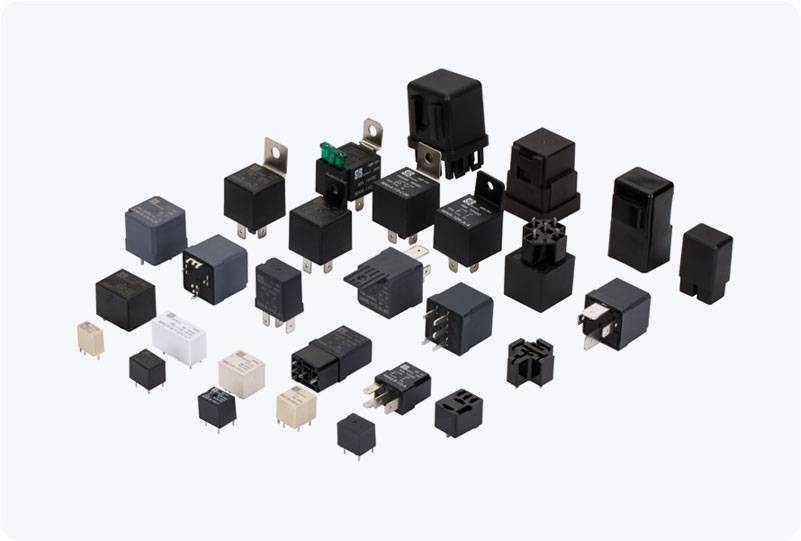In modern cars, electrical systems play a vital role in the overall functionality and safety of the vehicle. Among the key components that help ensure proper electrical operation are relays and fuses. While both are critical for protecting electrical circuits and components, they serve different purposes and work in unique ways. This article will explore the differences between relays and fuses in cars, shedding light on their individual roles, how they work, and why they are essential for your vehicle’s electrical system.

What is a Relay? A relay is an electrical device that acts as a switch to control a high-power circuit with a low-power signal. In essence, it allows a small current to control a much larger current. Relays are often used in automotive systems to activate or deactivate various components, such as the headlights, fuel pump, or starter motor. They consist of a coil, an armature, and one or more sets of contacts. When current flows through the coil, it creates a magnetic field that pulls the armature, closing or opening the contacts to complete or break the circuit. Relays are commonly employed to protect delicate components and switches in cars. For instance, if you were to use a standard switch to control a high-power component like the fuel pump, the switch would need to handle a large current, potentially wearing it out quickly. By using a relay, the switch only needs to control a small current, and the relay handles the larger current, thus protecting the switch and extending its lifespan.
Leave a Reply